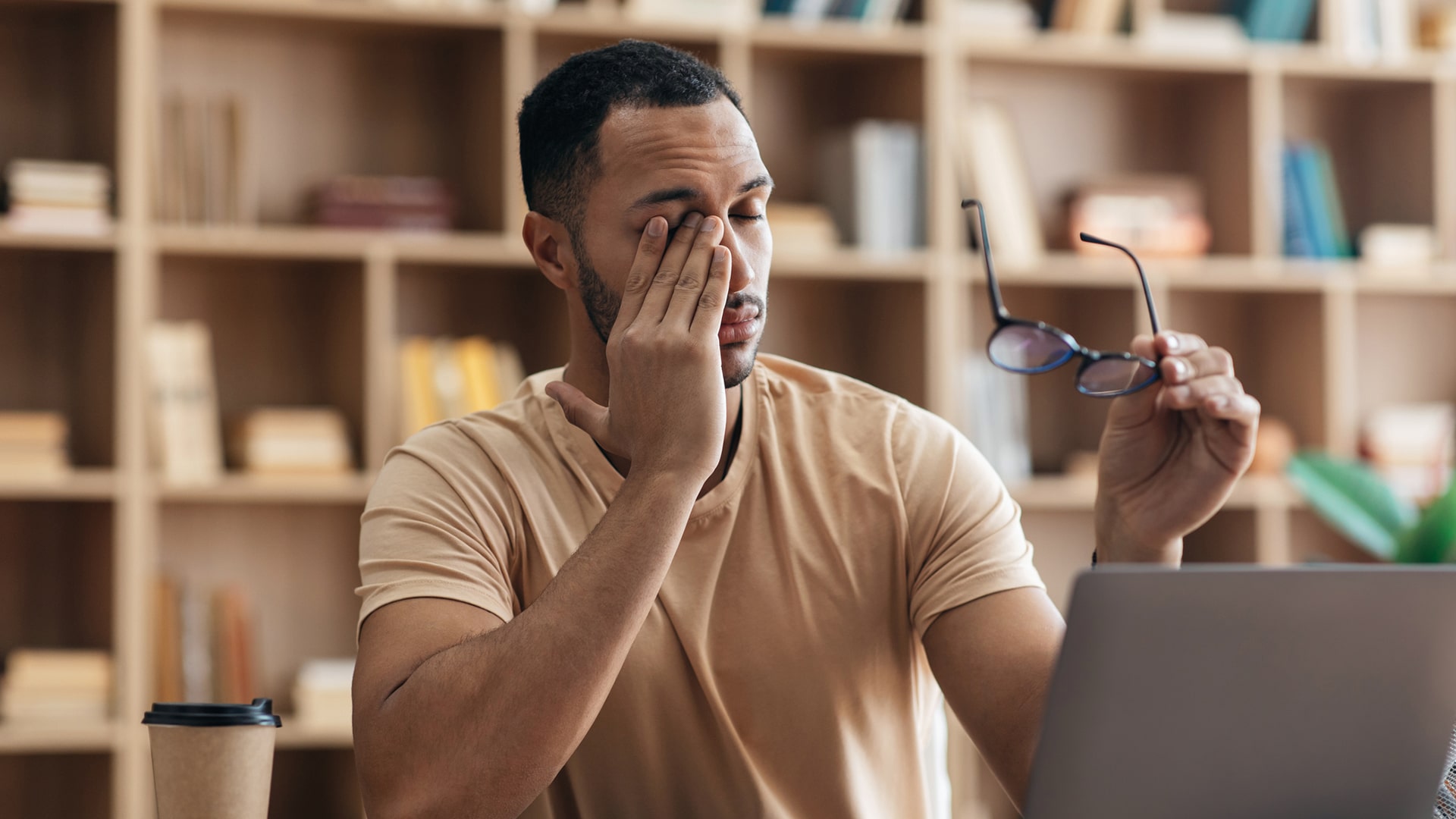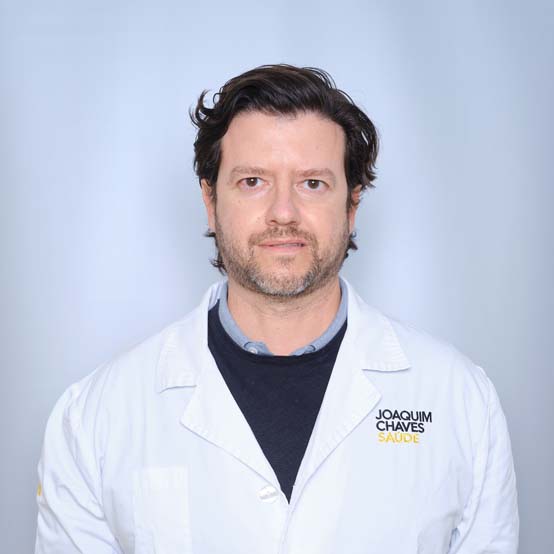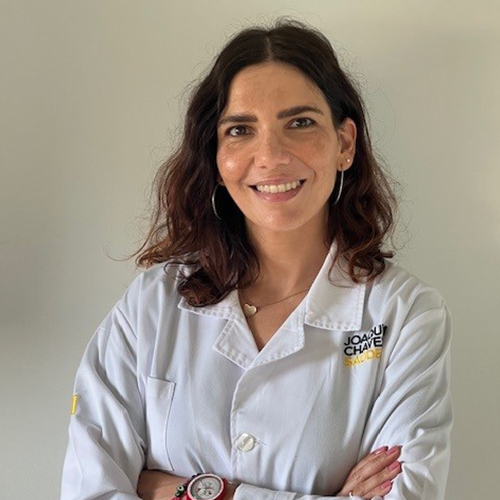How is myopia treated?
The treatment for myopia depends on each patient’s situation, therefore the specialist will determine the most suitable option. The most common treatments include:
Glasses or contact lenses
Glasses with corrective lenses or contact lenses are the most common treatment for myopia. These help focus light directly on the retina, instead of in front of it. However, they only serve to compensate the refractive error. Now there are specialised eye lenses that can prevent the progression of myopia, if used at an early stage of the disease.
LASIK (Laser-Assisted in situ Keratomileusis) surgery
During the LASIK procedure, the physician uses laser to reshape and smooth the corneal surface, thereby correcting the myopia. This is a safe procedure performed under local anaesthetic and does not require hospitalisation. LASIK does not cause post-operative pain and patients usually recover their eyesight in less than 24 hours.
Intraocular lens implant
In some situations, especially in the most serious cases of myopia and patients over the age of 45/50, an intraocular lens can be implanted in the eye to correct eyesight. The surgery is performed on an outpatient basis under topical anaesthesia, and the patient’s eyesight usually makes a full recovery in less than 24 hours.
How to prevent myopia?
As the exact cause of myopia is unknown, this condition cannot be prevented. However, some precautions can be taken to minimise the impact of risk factors on eye health. In addition to maintaining regular ophthalmological supervision from childhood, we recommend the following precautions:
Take breaks to rest the eyes
The “20-20-20 Rule” is a good habit: at every 20 minutes of an activity that requires close visual focus, such as reading or using a computer, focus on something approximately 6 metres away for at least 20 seconds.
Create good lighting conditions
Ensure adequate lighting during activities that require more intense visual effort, such as reading, to reduce eye strain. Whenever possible, maximise natural light. When using artificial light, favour options with adjustable intensity to control the amount of light based on the task at hand.
Maximise outdoor exposure
Although the studies are not conclusive, it may be beneficial to increase exposure to the outdoors, especially during childhood. Natural light may play a protective role in the development of myopia.
Maintain regular ophthalmological consultations
Even if you do not notice any visual changes, periodic ophthalmological examinations are crucial for the early detection of eye conditions, when symptoms are not yet evident.
Joaquim Chaves Saúde, advanced treatment of myopia
Trust your eye health to experienced professionals supported by the most advanced diagnostic equipment, and benefit from first-line treatment of myopia. Schedule your consultation at Joaquim Chaves Saúde and take the first step towards sharper eyesight and a healthier life.






